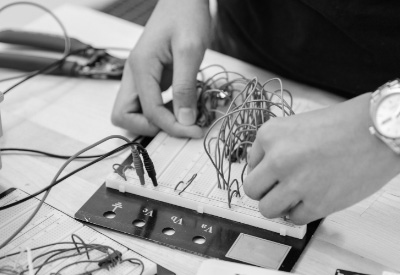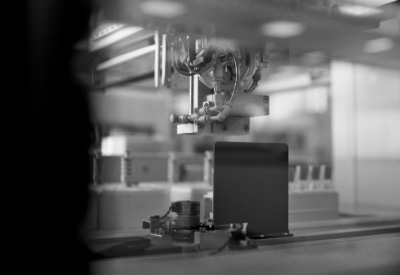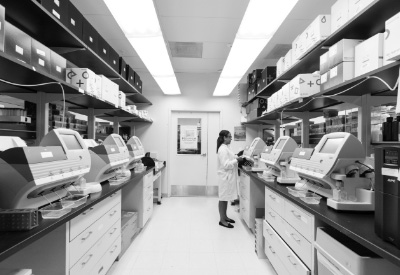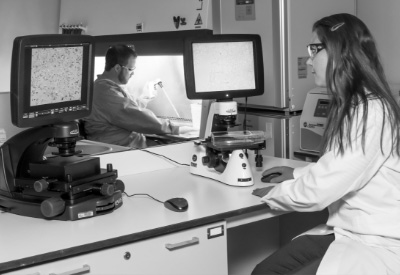City Labs is pioneering the future of space exploration with its NanoTritium™ Betavoltaic Batteries and Autonomous Tritium Micropowered Sensors. Unlike solar panels or traditional batteries, these nuclear-powered probes provide continuous energy for over 20 years, even in the permanently shadowed regions (PSRs) of the Moon where temperatures plunge below –200°C and sunlight never reaches.
By combining tritium betavoltaic power systems with ultra-compact chip-scale sensors, City Labs enables the mapping of vital lunar resources, such as water ice. This capability is a cornerstone for the upcoming NASA Artemis missions and long-term human settlement on the Moon.
Discover how this NASA-backed innovation could reshape how we power the next generation of space exploration and autonomous sensing. Watch this video to learn more about the award-winning City Labs NanoTritium™ batteries, including the science and data behind their success and uses.
Built to withstand extreme cold, cosmic radiation, and high-impact landings, these next-generation space power solutions extend beyond the Moon. They are ideal for powering missions to Mars, icy moons like Enceladus, and even asteroid exploration, where reliable, maintenance-free energy is essential.
With support from NASA’s Innovative Advanced Concepts (NIAC) program and the work of Professor Mason Peck from Cornell University, City Labs is turning the vision of autonomous nuclear micropowered probes into reality, all while unlocking exploration opportunities that solar-powered systems cannot match.









